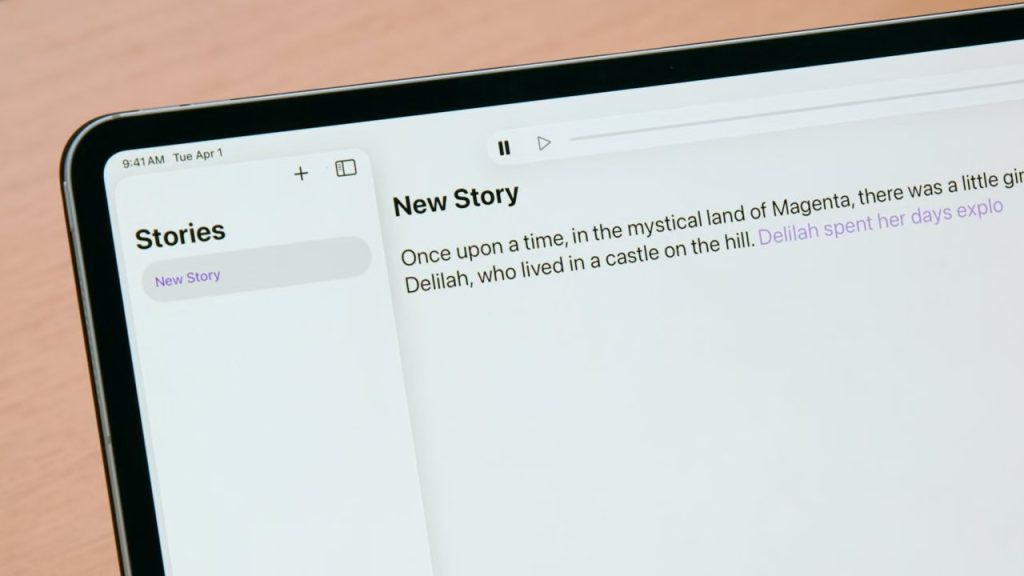Apple Intelligence transcription tools being demonstrated by Apple — image credit: Apple

Newly released to developers, Apple Intelligence’s transcription tools are fast, accurate, and typically double the speed of OpenAI’s longstanding equivalent.
This could be another example of Apple entering a market late but doing it best. Since OpenAI released its Whisper transcription technology in September 2022, it has become the standard model in dozens of apps — but now may not stay that way.
For during WWDC 2025, Apple announced that it was opening up its Apple Intelligence tools to third-party developers. While Apple barely gave any details, and certainly did not promote its transcription tools, developers are now discovering what facilities it brings.
MacStories writer John Voorhees and his son spent a reported ten minutes or so, constructing a quick tool to use Apple’s transcription technology on the Mac. Specifically, they used elements of Apple’s Speech framework called SpeechAnalyzer and SpeechTranscriber, which were released to developers a part of Apple’s macOS Tahoe and iOS 26 betas.
This quick tool, a command-line one they call Yap, is available to download from Github. It requires an Apple developer account and macOS Tahoe.
AI transcription tools depend chiefly on the LLM being used, so comparisons are not always simple. However, pitching Apple Intelligence against MacWhisper’s Large V3 Turbo model showed a dramatic difference.
Apple’s Speech framework tools were consistently just over twice the speed of that Whisper-based app.
A test 4K 7GB video file was read and transcribed into subtitles by Apple Intelligence in 45 seconds. It took MacWhisper with the Large V3 Turbo LLM at total of 1 minute and 41 seconds.
Then the MacWhisper Large C2 model took 3 minutes and 55 seconds to do the same job.
None of these transcriptions were perfect, and all required editing. But the Apple Intelligence version was as accurate as the Whisper-based tools, and twice as fast.
As well as releasing these Apple Intelligence tools to developers, Apple has published videos with details of how to implement the technology.
The company has also, of course, leveraged the same technology across its beta releases of macOS 26, iOS 26, and more. It’s the technology that drives its live translation in Messages and phone calls.

